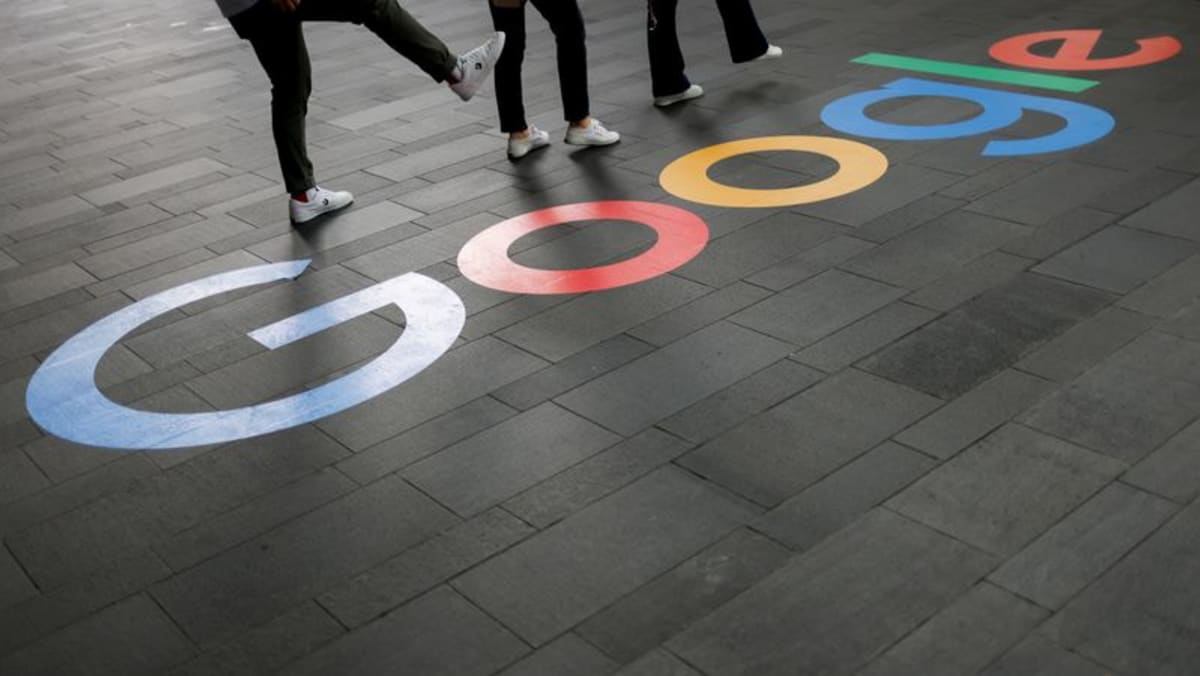Author: Editorial Board, ANU
Among the few rock-solid rules of international politics is the principle that when the voters are in the presidential swimming pool, it’s time for a change of leadership. After a remarkable popular uprising against a government blamed for an unnecessary economic catastrophe, former president Gotabaya Rajapaksa fled the country and resigned on 14 July.
The dramatic exit was a prelude to the anticlimactic appointment of a new president by parliament, which put its support behind Ranil Wikremesinghe, a long-time Rajapaksa ally.
Rajapaksa’s administration was not solely responsible for Sri Lanka’s economic woes, as Chulanee Attanayake argues. Policy failures by successive governments, combined with the COVID-19 pandemic and Ukraine crisis, put the economy under extreme strain. ‘But a series of misplaced and ill-advised policies made by his government exacerbated a crisis that had been years in the making’.
The new government now embarks upon negotiations on debt restructuring and other economic and humanitarian relief, presumably with the cost of a tough program of spending cuts, privatisation and sundry microeconomic reform.
Sri Lankans and the world are about to learn what matters more in making such a deal work — political authority or political legitimacy.
The former might well cancel out the latter, Neil de Votta concludes in this week’s lead article. President Wickremesinghe is a consummate political insider — a former prime minister, cabinet minister and parliamentarian who maintains close ties to the Rajapaksa clan. He should be adept at marshalling political support within the elite for the painful adjustment program to come, and he has proposed a unity government with the opposition parties that were outmanoeuvred in the presidential vote.
But it is precisely these sources of authority that give Wickremesinghe a glaring legitimacy deficit. As prime minister between 2015 and 2019 he is squarely implicated in the corruption and reckless economic policies of his predecessor, and he ‘shielded the Rajapaksas from prosecution when he was prime minister between 2015 and 2019’. Understandably, protesters feel that ‘the struggle to get rid of the Rajapaksas has only partly succeeded’.
Sri Lanka will soon enough find out whether putting a member of its discredited political elite in charge of steering the country out of the crisis is going to work. Either way, as Dushnee Weerakoon observed here at EAF, regardless of what shape a new government takes, the process of negotiating relief from creditors is going to be nightmarishly complex, in part because ‘Sri Lanka’s bonds are held primarily by a private-creditor base in the United States while its large bilateral lenders include non-Paris Club members like China and India.’
Given the Rajapaksas’ pursuit of economic cooperation with China, there has naturally been intense interest in the Chinese stake in Sri Lanka’s crisis and its resolution. Pointing to the Hambantota Port fiasco, some have said that Sri Lanka represented the bleeding edge of a Chinese strategy of ‘debt trap diplomacy’ whereby state-backed lenders extend credit on predatory terms as a back door of acquiring strategic assets or political influence in poorer, weaker countries.
The ’debt trap’ narrative with respect to Sri Lanka was an oversimplification at best or rather just a plain wrong interpretation of what was in fact a complex, though certainly unhealthy, symbiosis of interests between Chinese lenders too gung-ho in funding projects whatever their economic merit and a corrupt and profligate local government too keen on building them. If ever there was a time for Beijing to use debt as an instrument of influence, it’s now. But government officials in Colombo are grumbling that China has been inflexible in discussions about emergency credit and debt restructuring — Beijing does not like to take haircuts — which may become a PR problem in Colombo if the new government’s talks with other major creditors, including India, are more constructive.
The Sri Lanka case speaks to a broader irony in China’s global ambitions to be a lender of first resort for the developing world — that it may now be putting China into a position it doesn’t necessarily want to be in: a lender of last resort to heavily-indebted BRI partner countries across Asia and Africa. Indeed, media reporting has revealed that ‘as [Chinese] lending shifts to focus more on preventing defaults, it is starting to mirror the role usually fulfilled by the IMF’ with the BRI yielding ‘a mountain of non-performing loans.’ If there is indeed a ‘debt trap’ out there, then China risks getting caught in it too.
With Sri Lanka’s debt restructuring and bailout going to take some time to negotiate, the priority for the international community needs to be on support that is well-targeted to the immediate needs of Sri Lankans and comes with minimal strings attached. Such short-term help is an essential investment in longer-term recovery: economic activity will not rebound, and civil unrest will not be prevented if petrol stations are empty and urban middle-class citizens are forced to skip meals.
The longer-term recovery will be contingent upon the Sri Lankan political elite committing to a program of sound macroeconomic management and responsive governance. If the country’s electoral democracy survives the painful economic readjustment to come, elections scheduled for September 2024 are at least a mechanism to encourage the incumbents to muscle up and perform.
The EAF Editorial Board is located in the Crawford School of Public Policy, College of Asia and the Pacific, The Australian National University.





















Discussion about this post